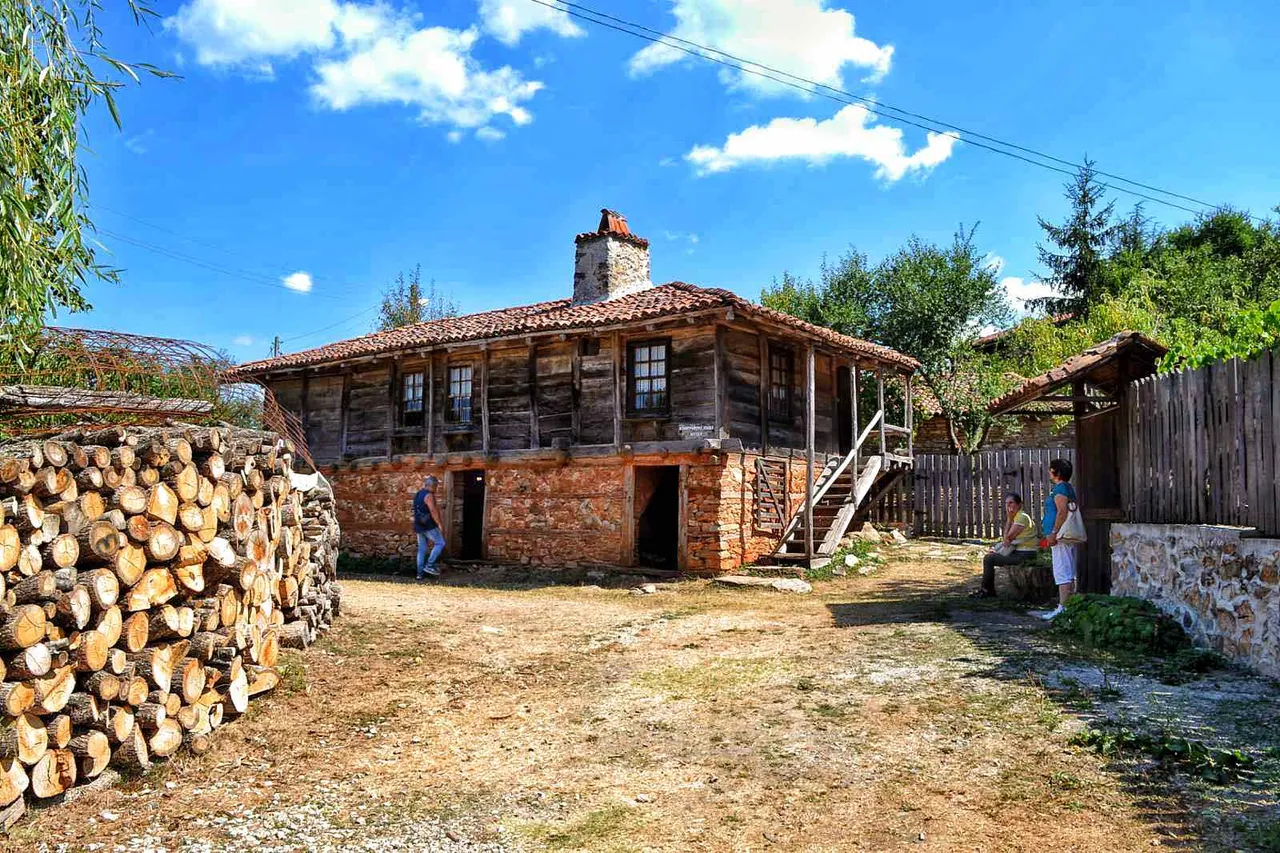
Hello, dear Hivians!
In today's post I decided to tell you about and show you an extraordinary Bulgarian village named Brashlyan, translated into English means Ivy! This picturesque village is nestled at the foot of the lowest mountain in Bulgaria - Strandzha mountain.
It is located next to the regional town - Melnik, only 15 km away, and the history and present of the village will attract your attention.
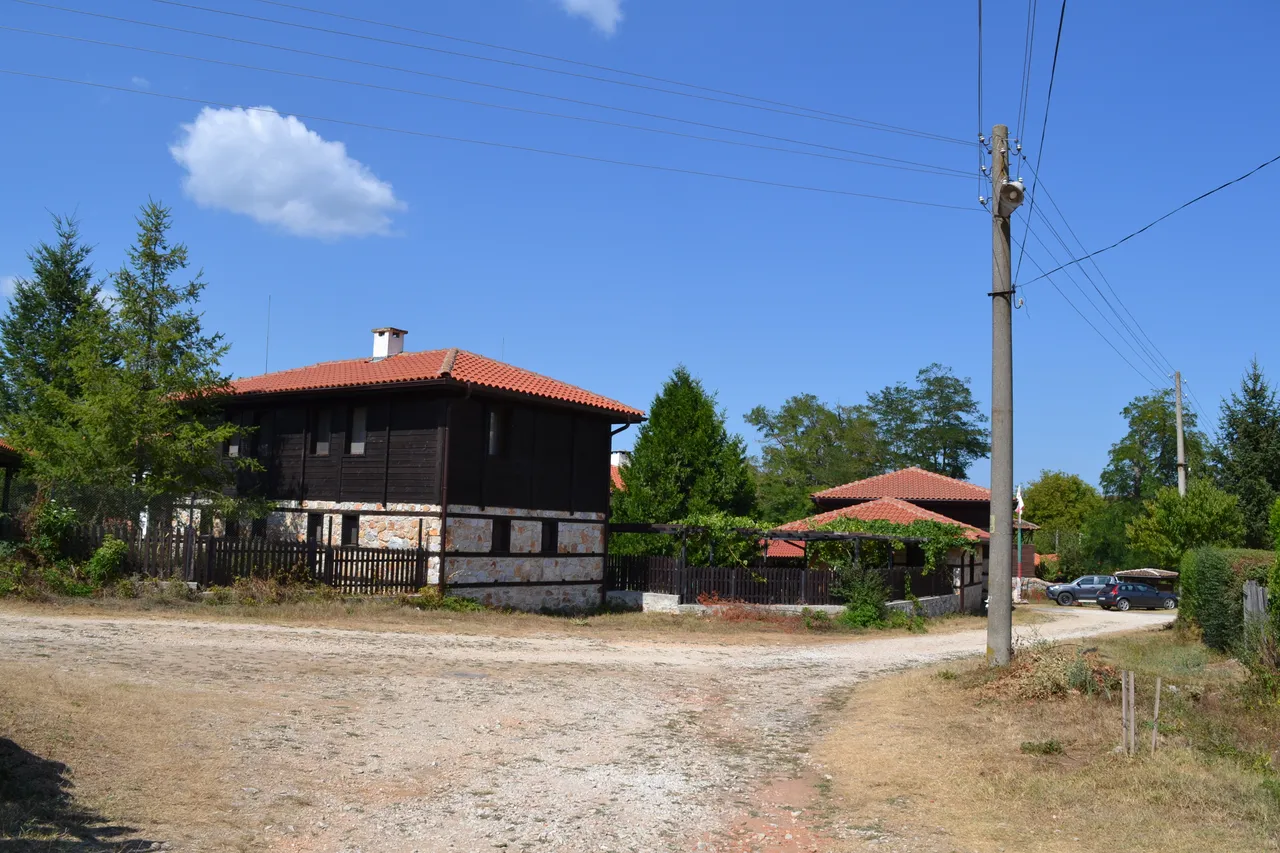
To be precise, about a hundred years ago this village was named Surmashik, which literally translated from Turkish means - Ivy.
Nowadays, the village of Brashlyan is an architectural reserve, and was declared as such back in 1982. Nowadays the population of the village can be counted on the fingers of one hand - metaphorically speaking. At present, the population of Brashlyan village numbers only 50 people, and the tendency is to decrease further and even to depopulate.
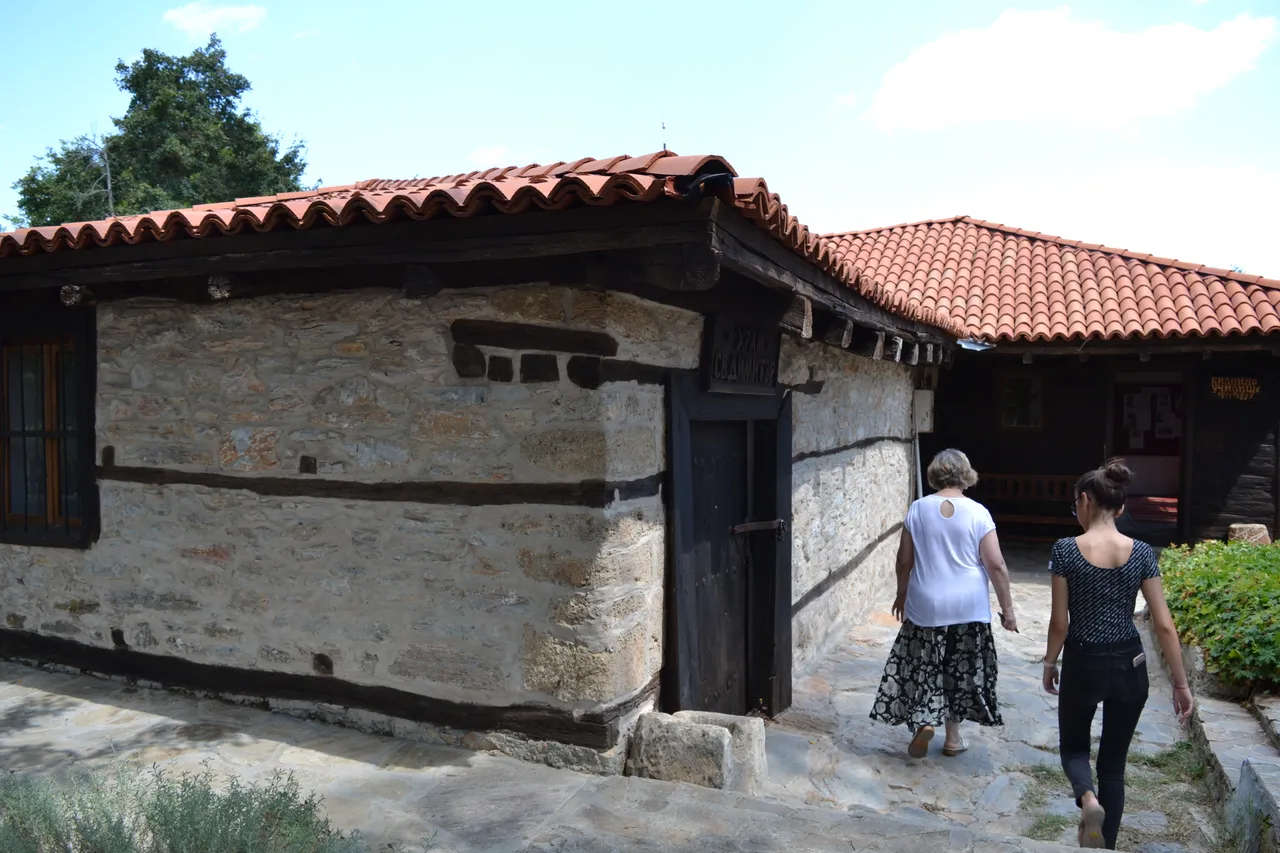
Sadly, nowadays young people are seeking refuge in the big cities, where opportunities for career and personal development are far superior to those in the villages.
Here you can see renaissance houses with typical Strandzha architecture.
Thanks to the well conducted tourist policy in recent years, there is almost no uninhabited house in the village. Some of the houses have been turned into small hotels, but the typical architecture of this region has been preserved.
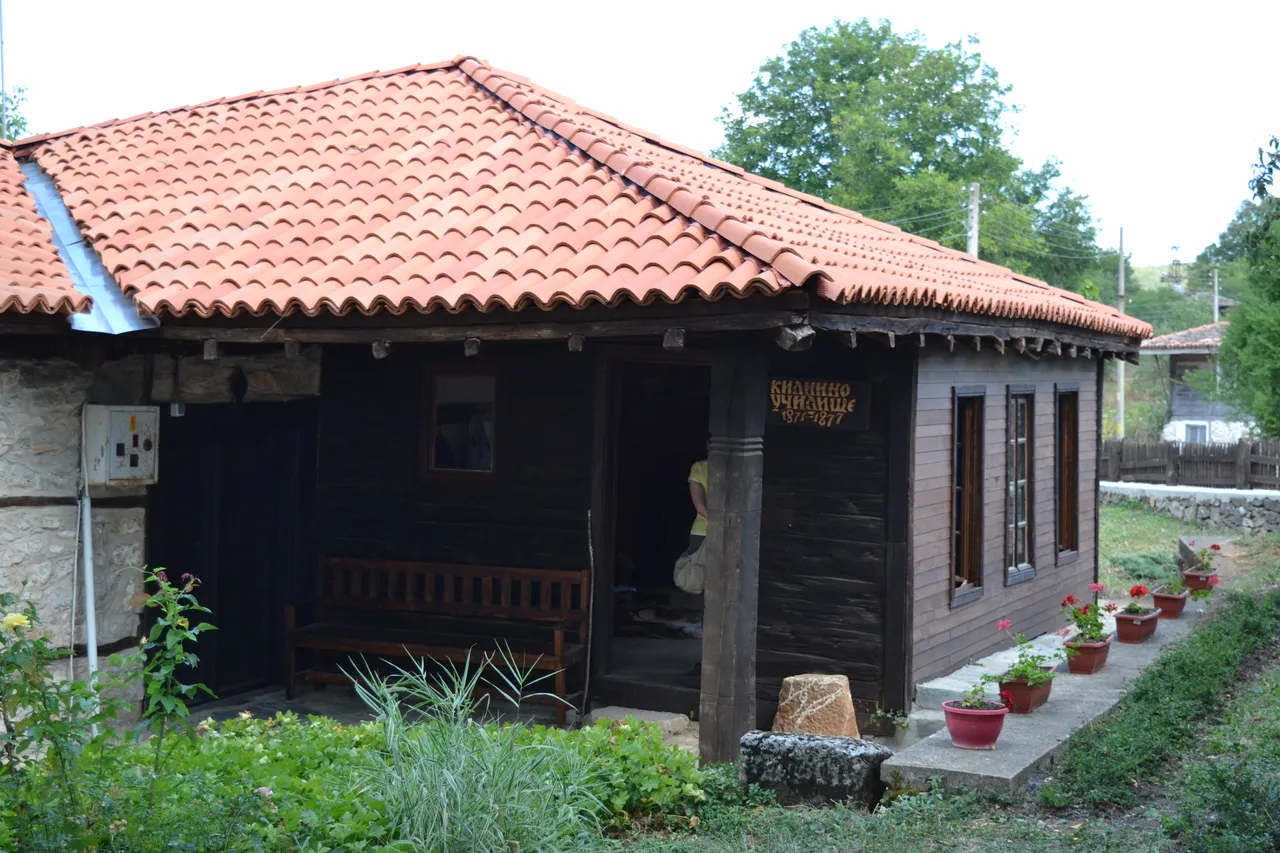
Arriving in this amazing village the first thing that impresses us is the old church in the center and the restored Catholic school next to it.
There is no way not to visit them. The price of admission is nominal, and in return one of the few local women, who eventually turns out to be in charge of the church and the Gaelic school, can tell you quite interesting facts about the history of Brashlyan.
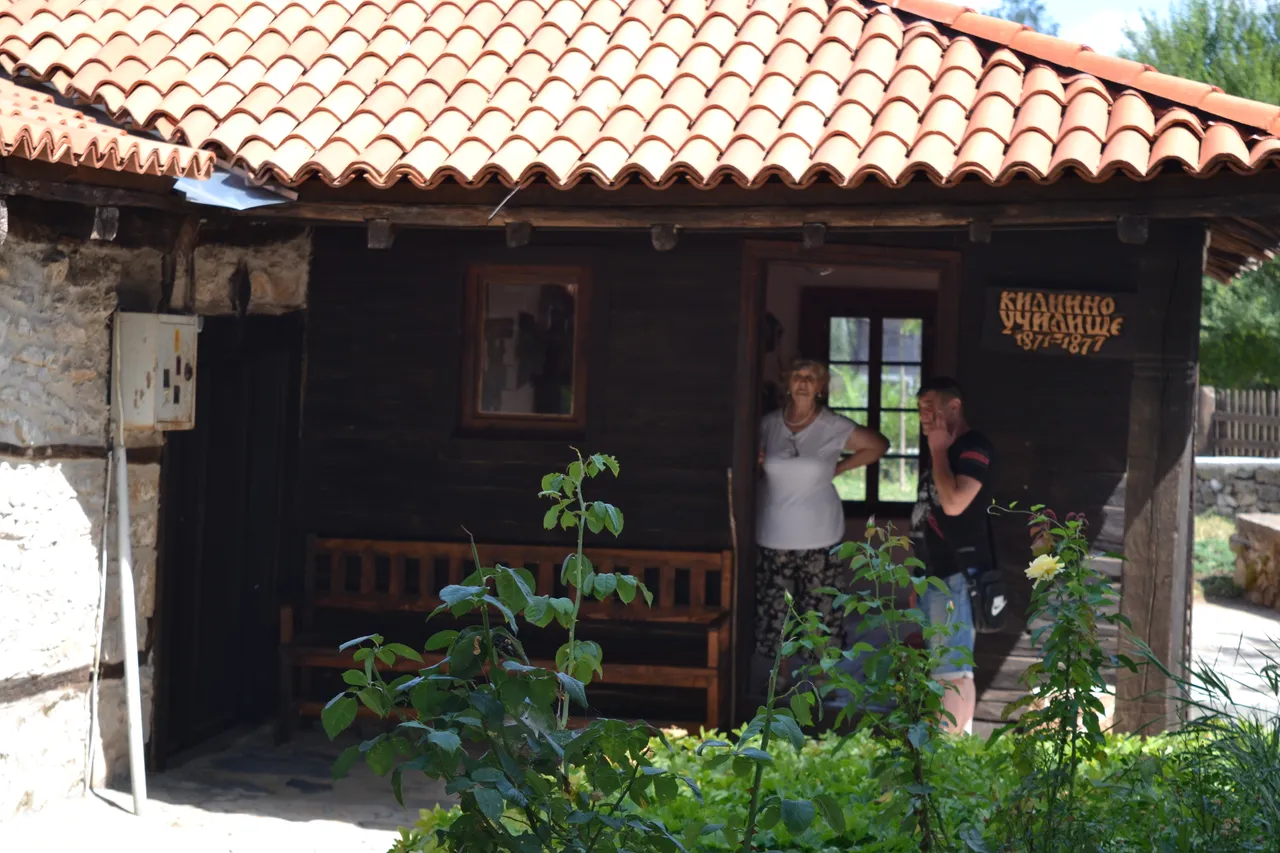
The Gaelic school in the centre of the village was founded in 1871 and to this day you can see what it looked like at the time and hear which pupils were educated there. The first teacher at the school was called Petar Kiprilov.
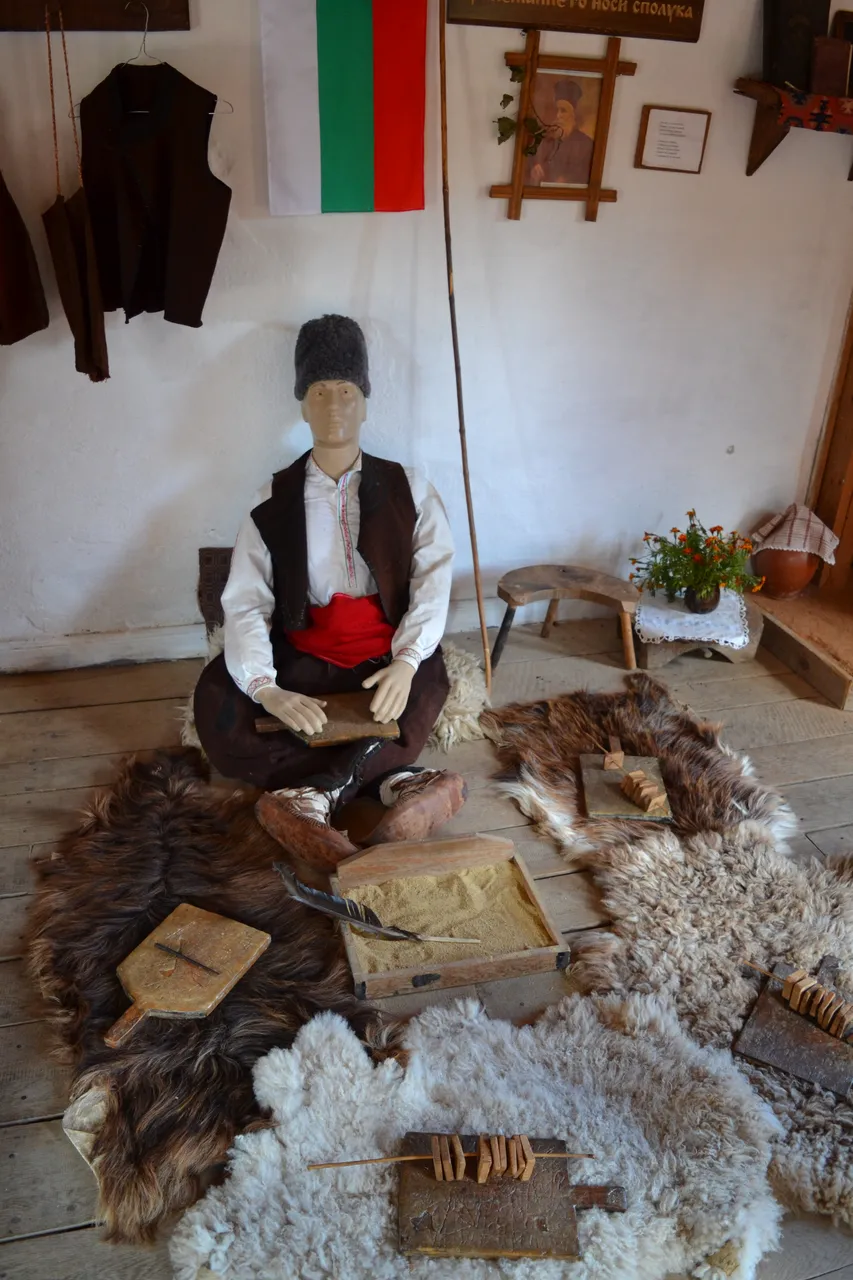

On the ground there are rugs made of different animal skins. They were all a gift from the parents of the pupils.
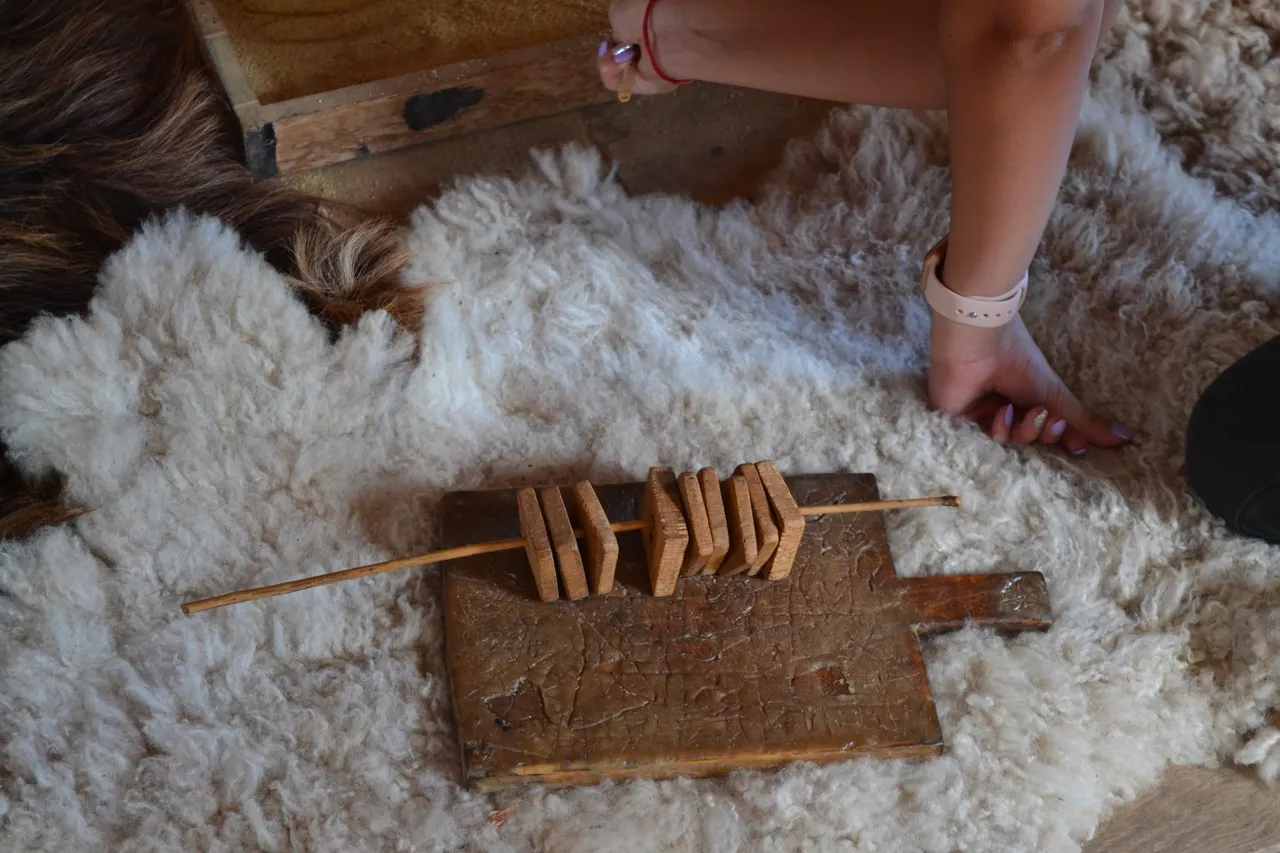
The school accepted only boys as pupils and between the ages of 9 and 13. They were educated for 2 years.
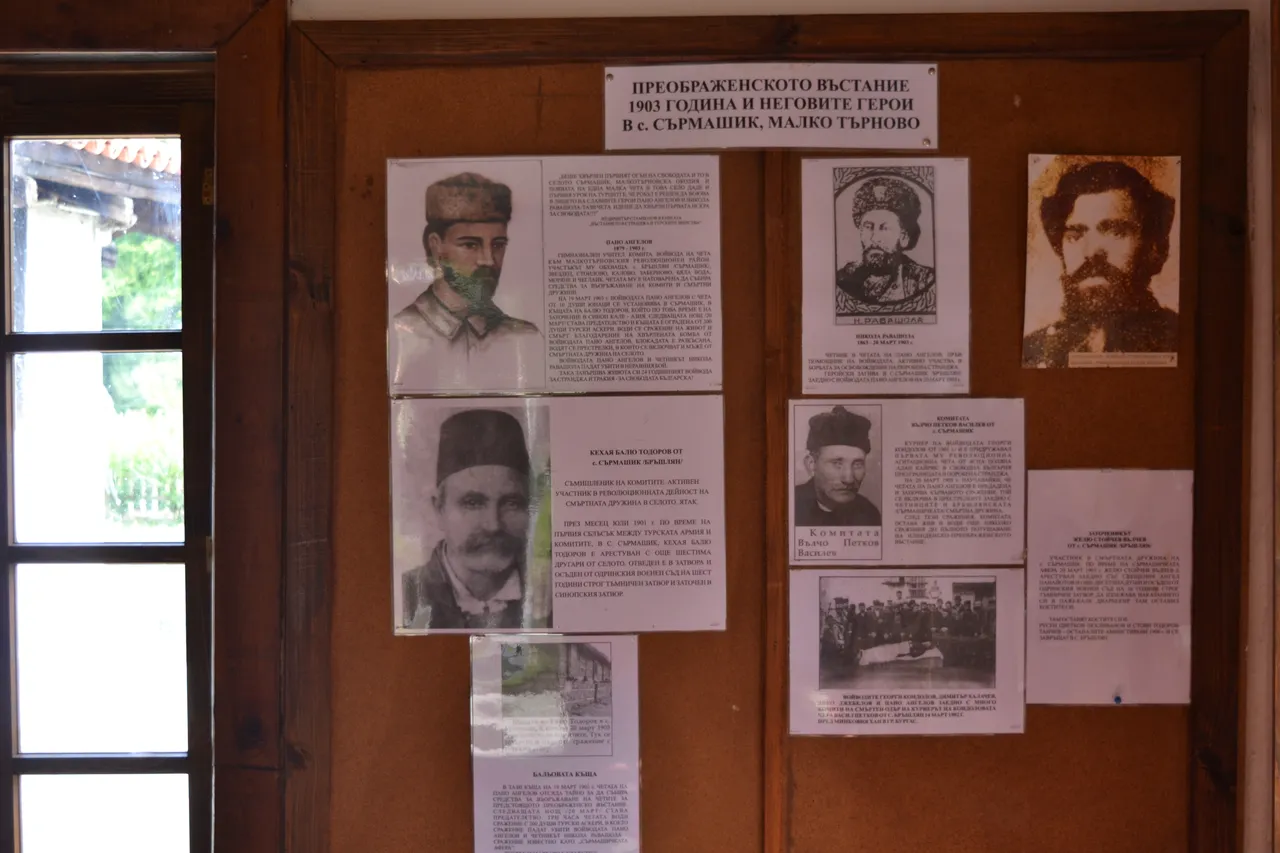
The first year of pupils' education was compulsory and the second was optional. The older boys were considered sufficiently prepared and helped the younger ones.

The church "St Dimitar"
In the immediate vicinity of the Catholic school was the church of St. Dimitar. It was dug deep into the ground and was surrounded by a wall. It has its origins in the 18th century and it is believed that there was a Thracian sanctuary before that.
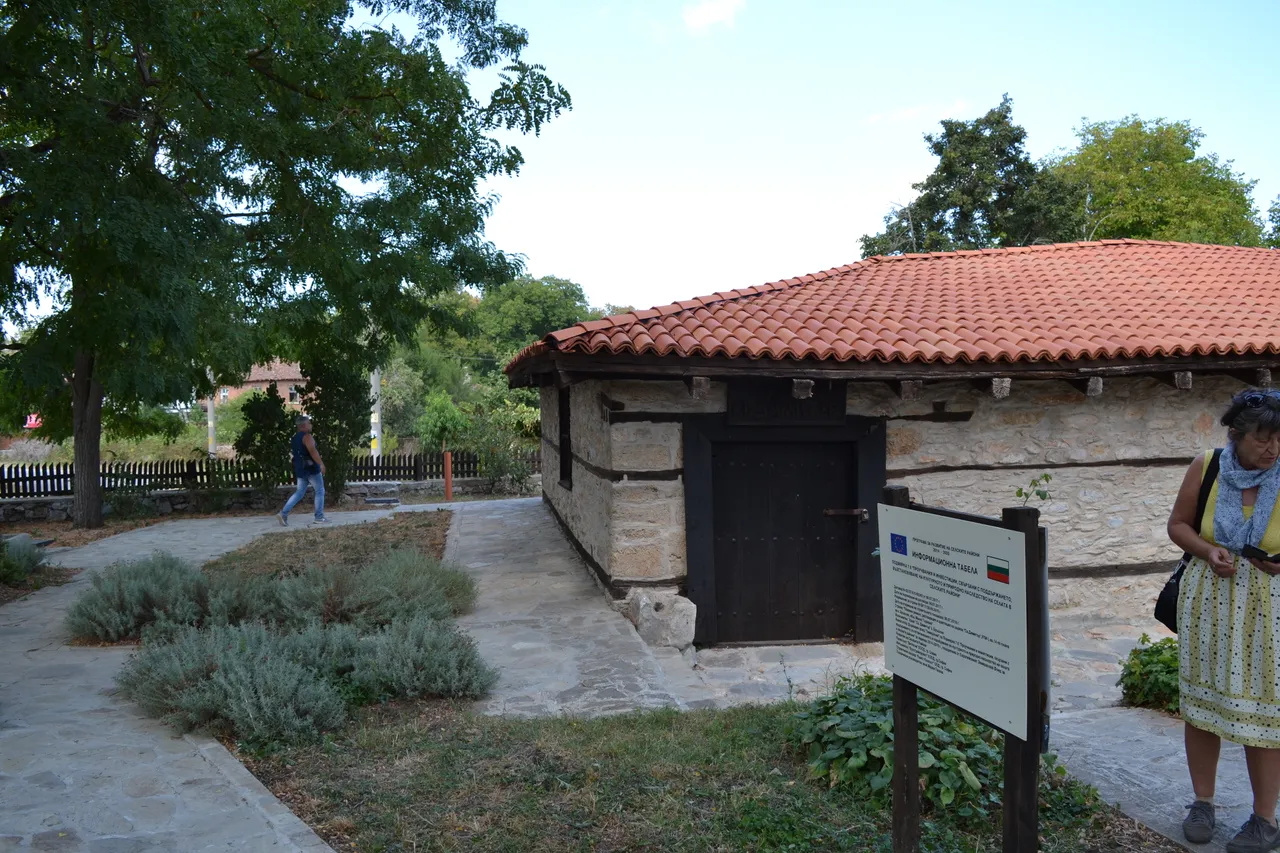
One interesting fact I learned from the kind lady at the cell school. During the Turkish rule in Bulgaria, the Turks forbade the Bulgarians to build high churches and to practice their religion freely.
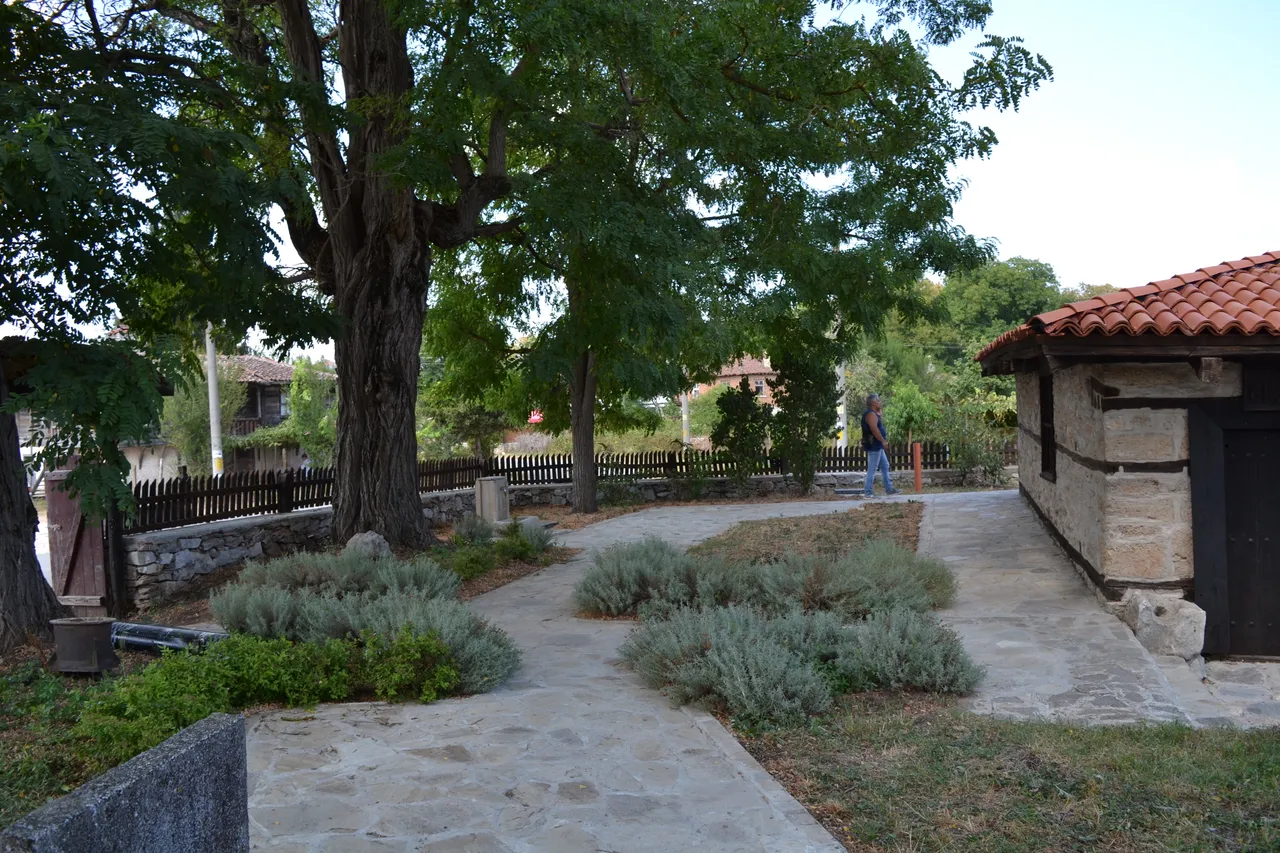
The churches had to be no taller than a Turk riding his horse. This is the reason why the churches were dug underground.
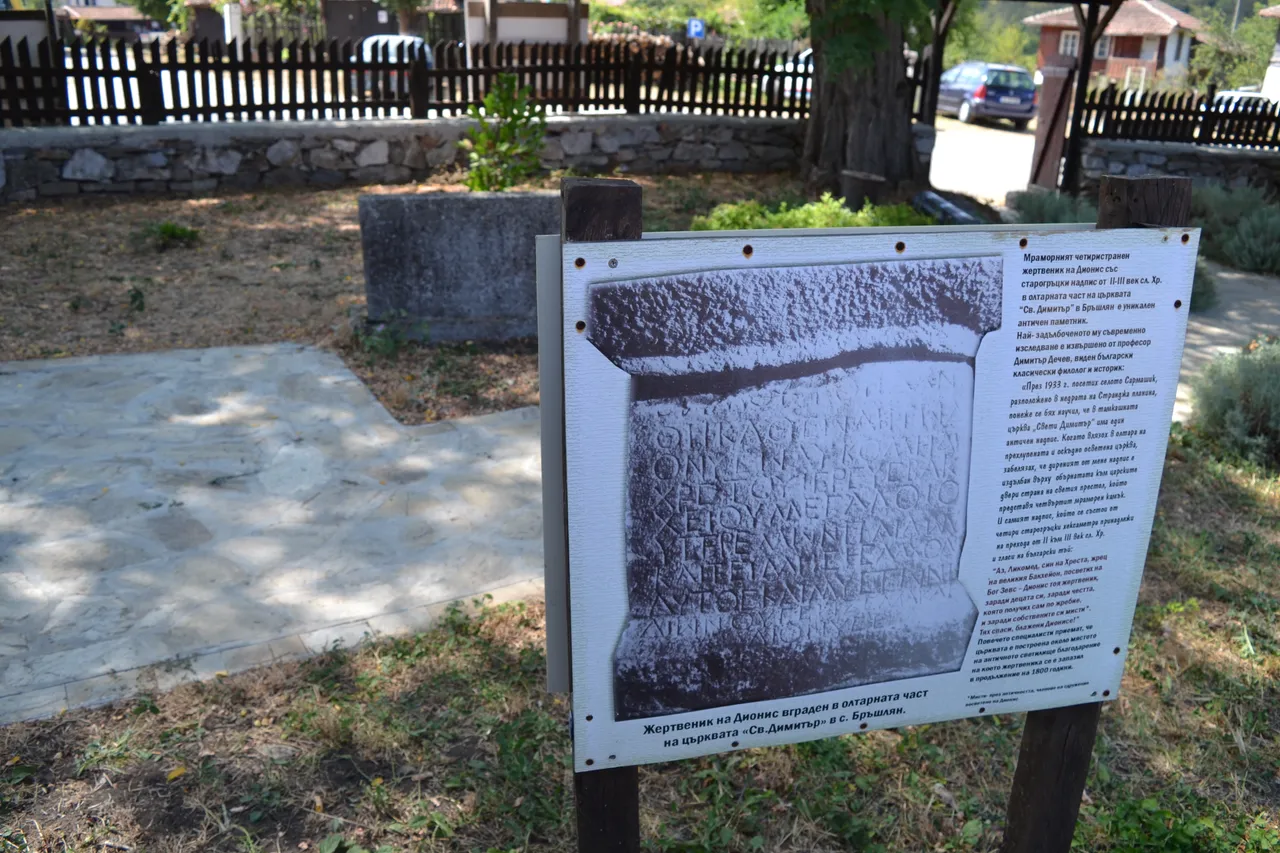
In the courtyard of the church there is a grave, which is supposed to be that of her founder, as well as a bell tower.
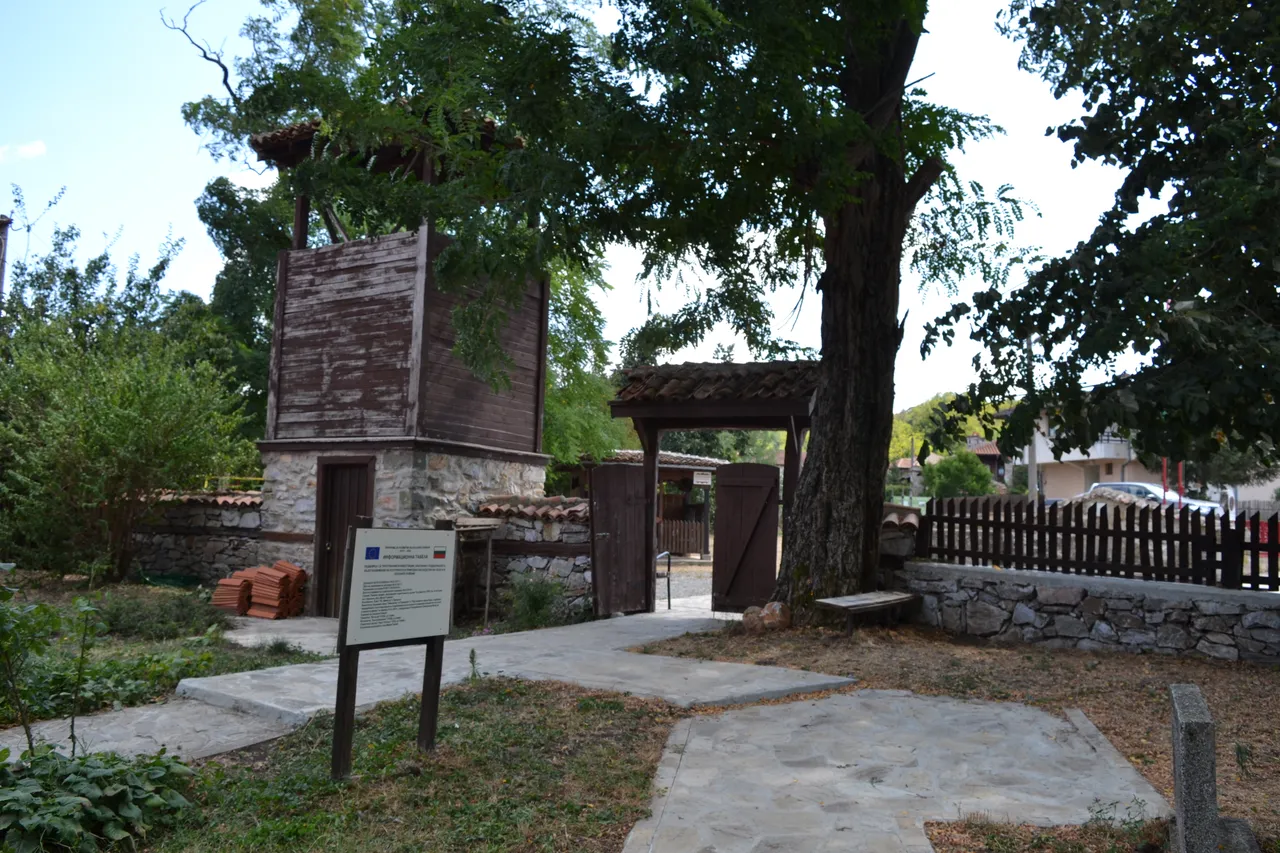
The Renaissance houses

We had a harder time finding one of the famous Renaissance houses - a symbol of Brashlyan. It is better known as the Ethnographic House Museum in Brashlyan.

One interesting fact is that no nails were used to make it.
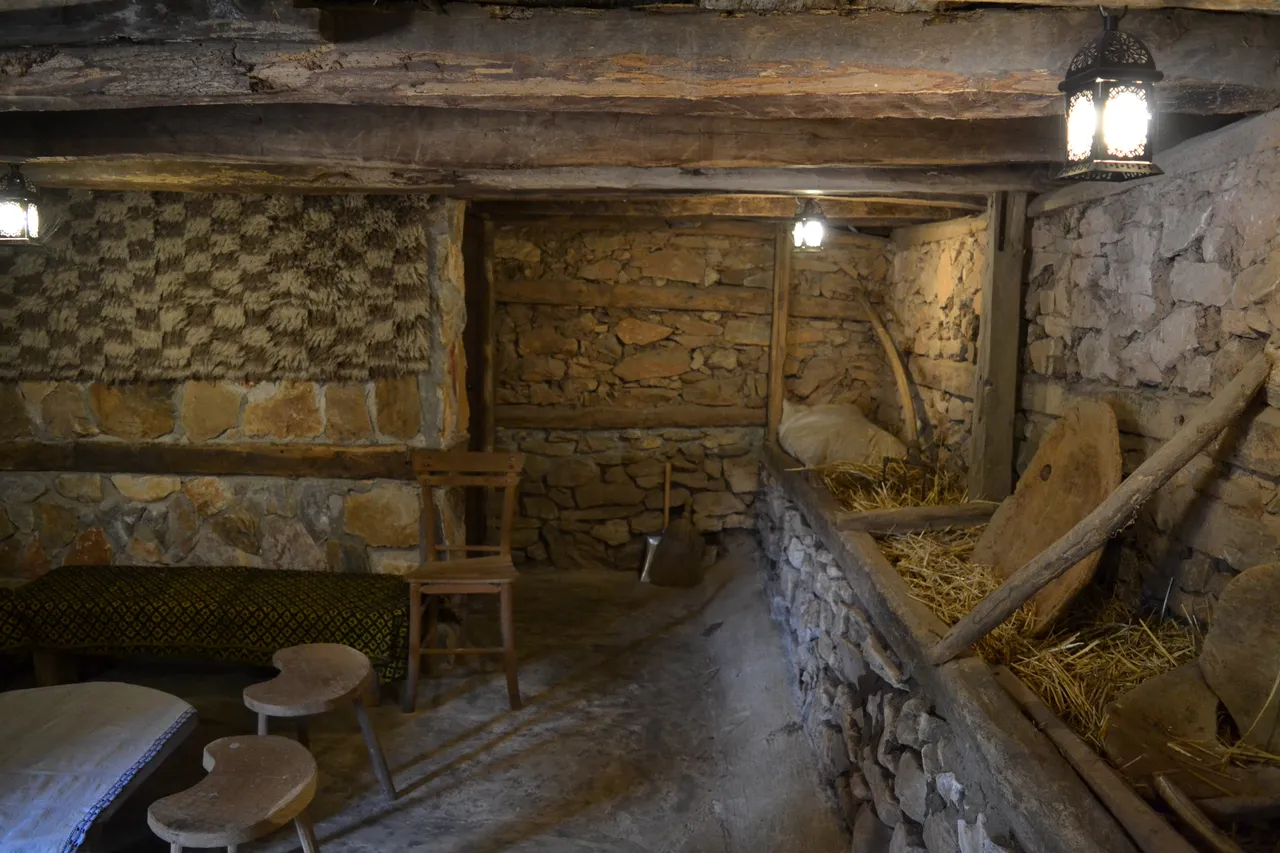
The basement of the house
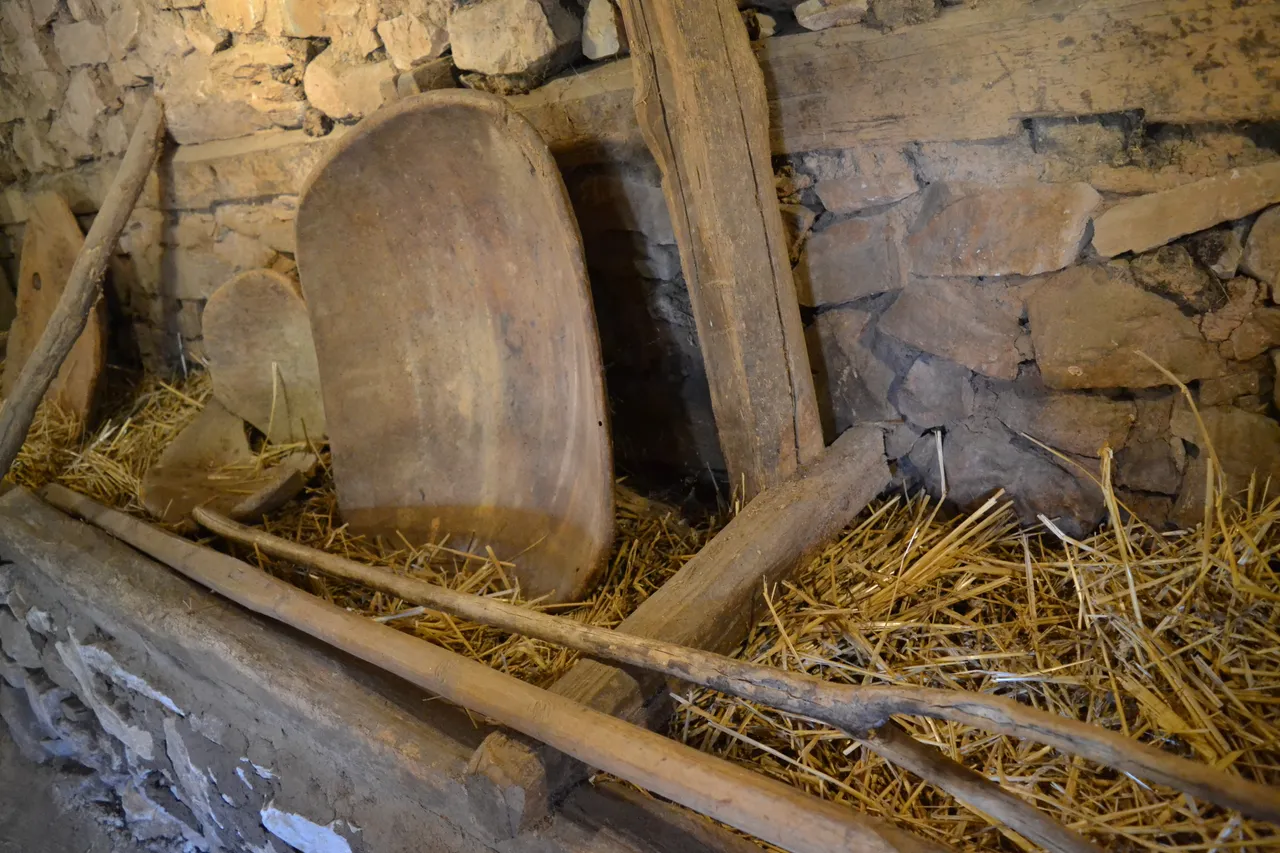
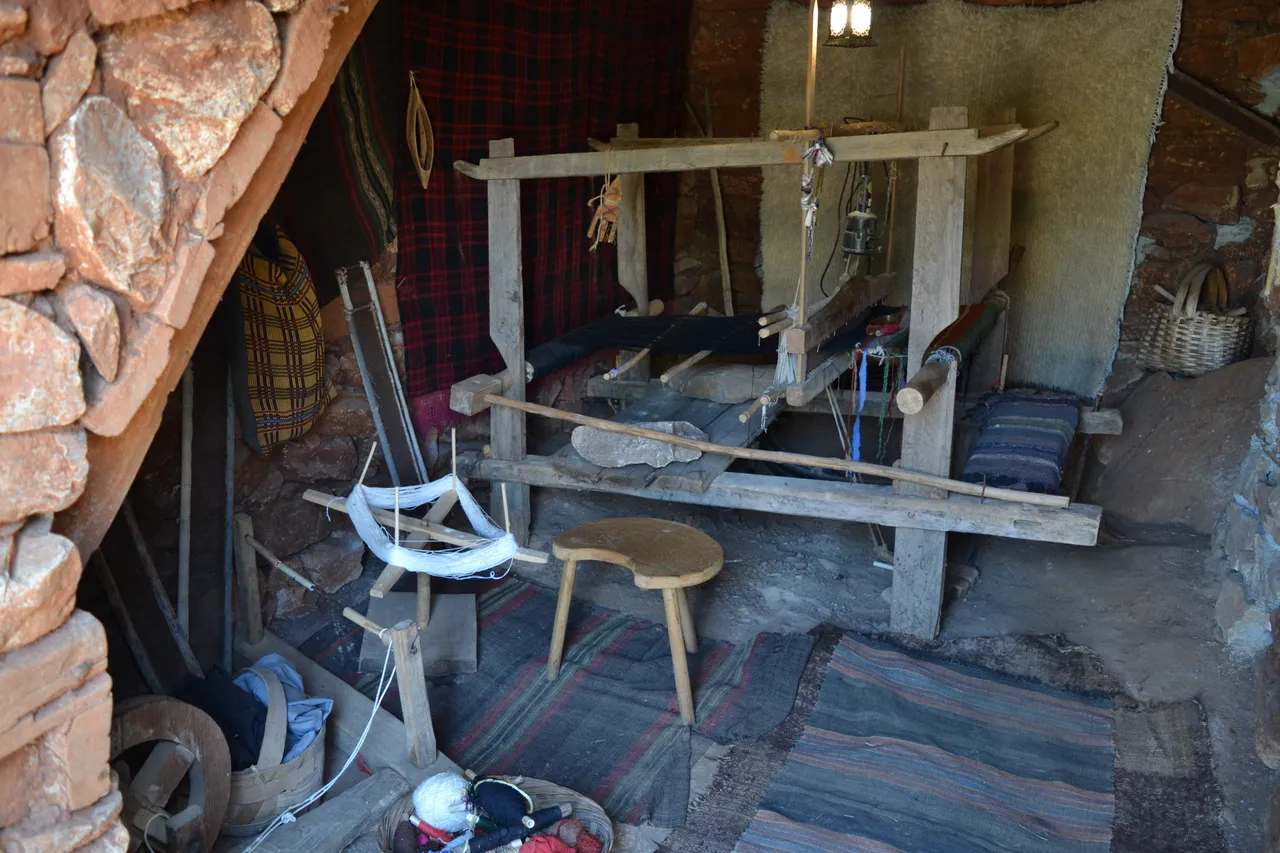
The first room in the house is the guest room or also known as the bridal room.
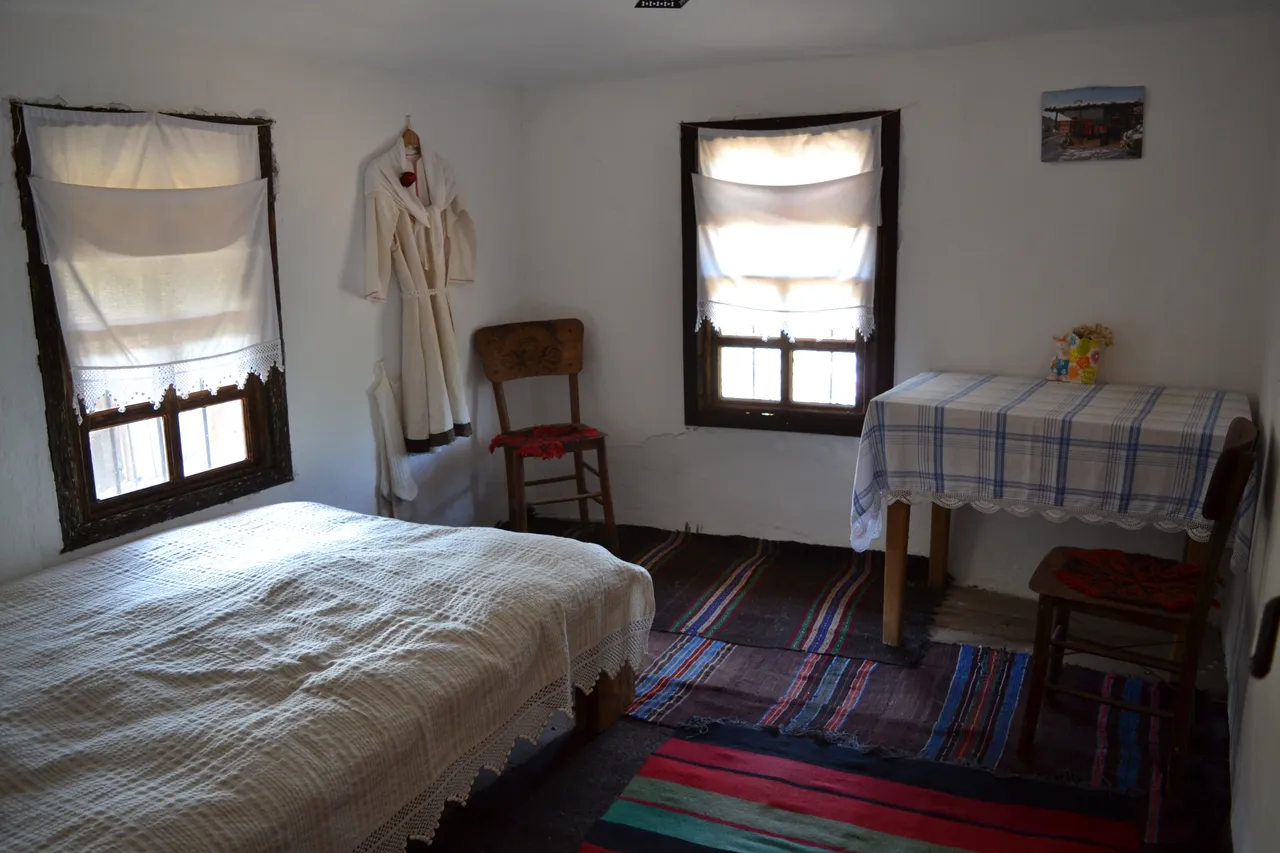
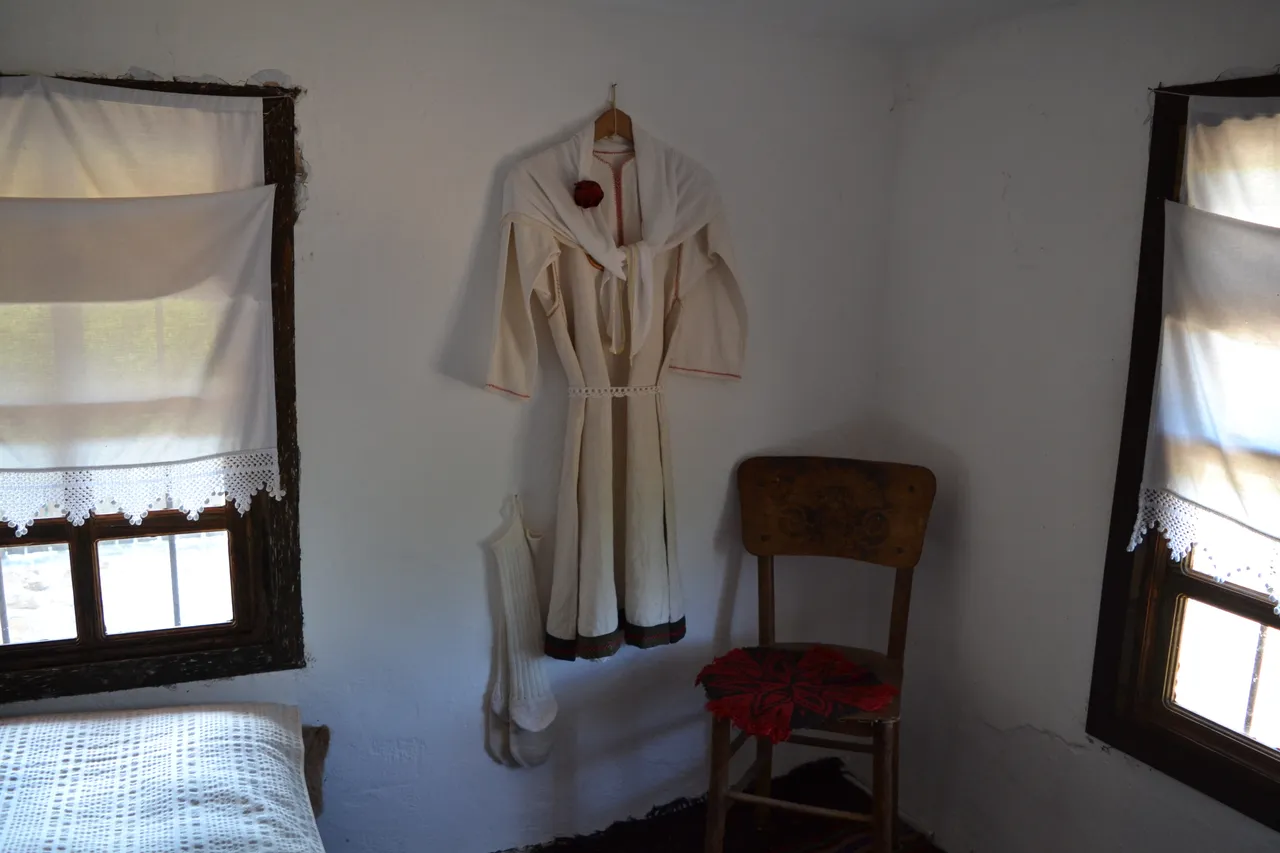
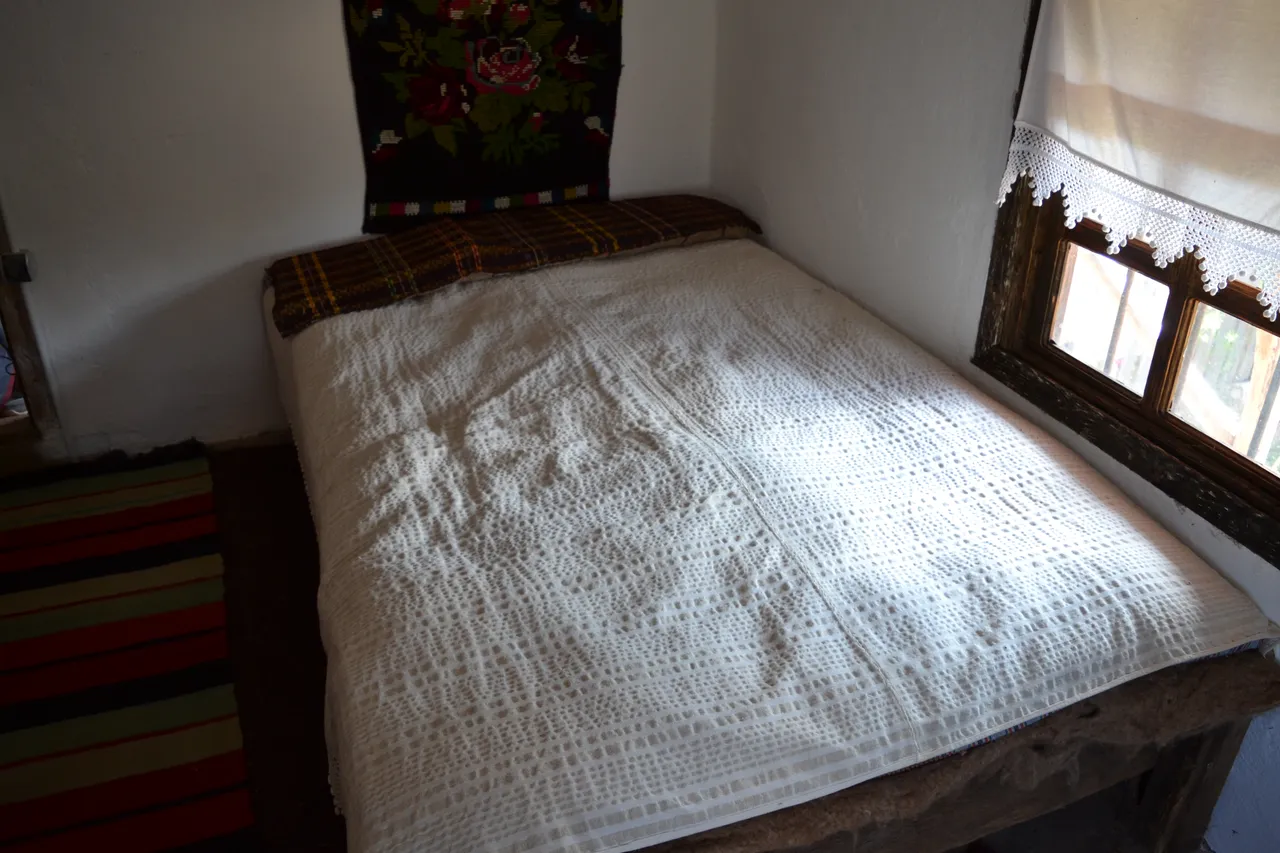
The largest room in the house was the room they lived in.


Characteristic of this room was the large fireplace whose purpose was to keep the large Bulgarian family that lived in the house warm.
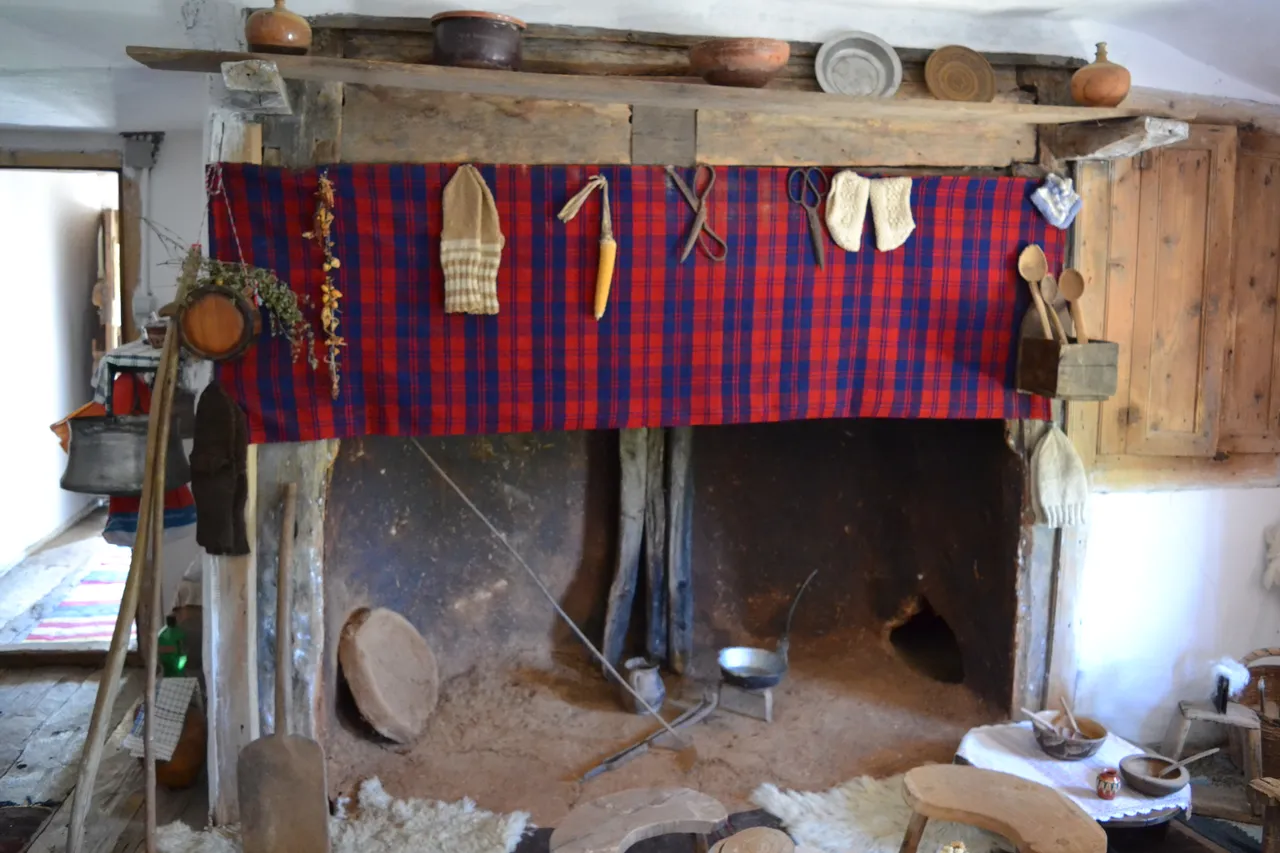
An interesting fact of life at that time is that people ate on the ground. All the children sat on a cushion and the older ones sat on three-legged stools.
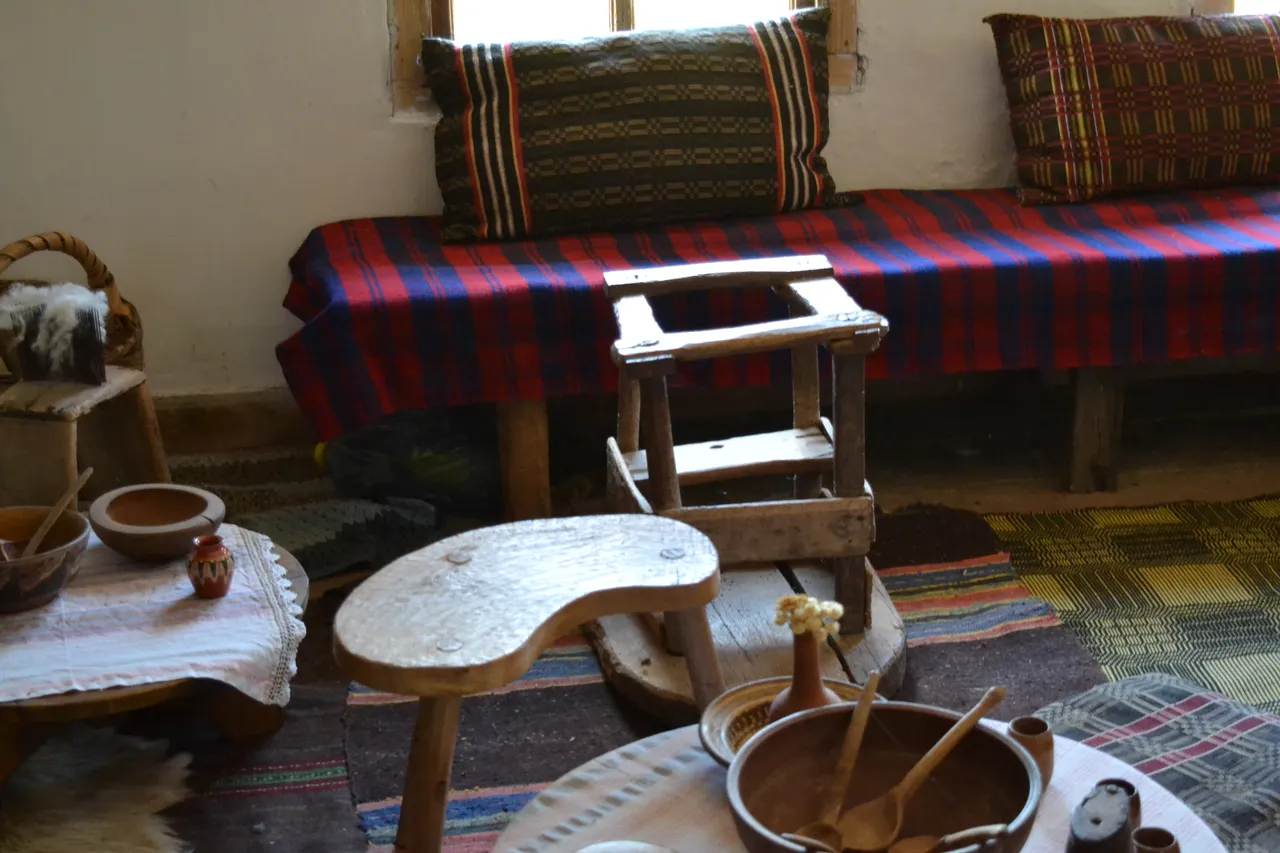
In this house you will also see the traditional costumes of the Strandzha region.
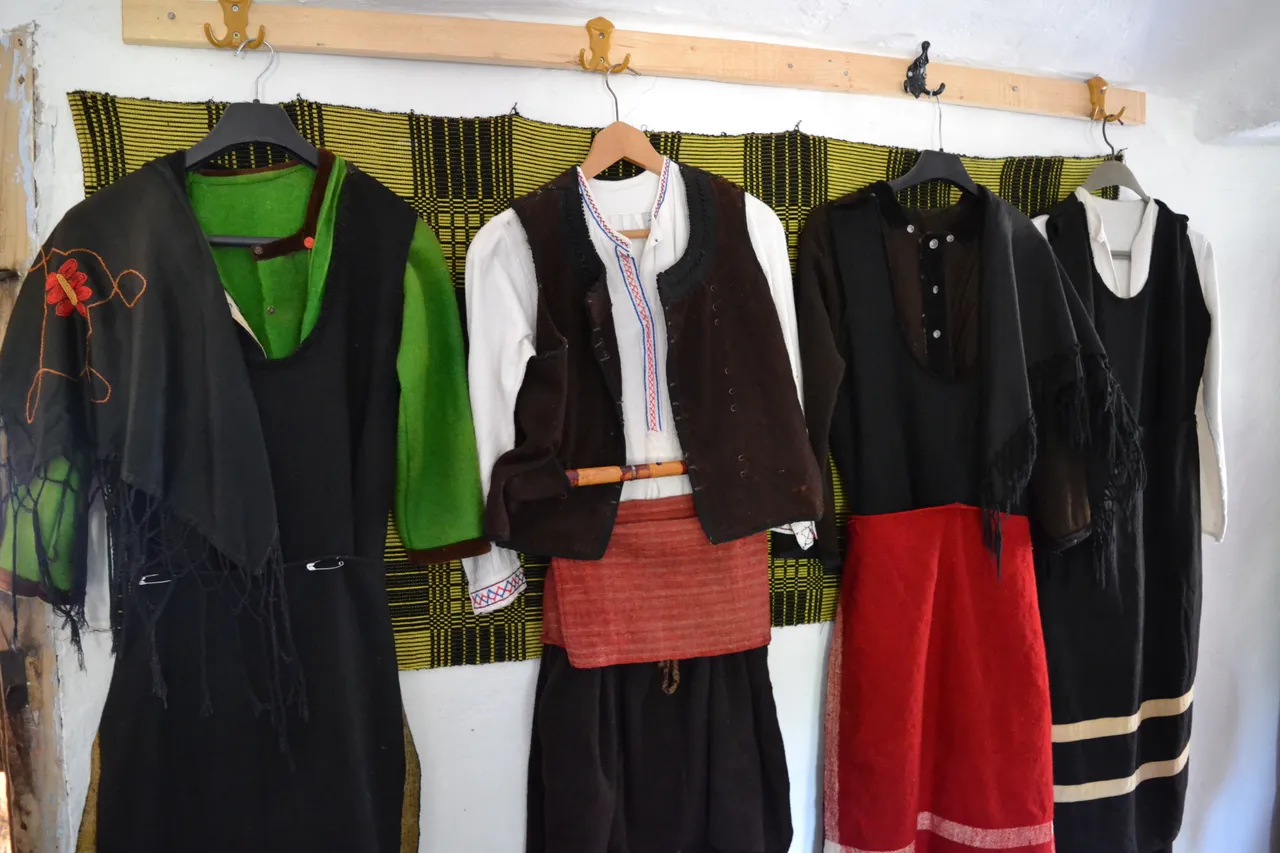
In the next pictures I will show you the so called "inner house". This is what the villagers call the barn.

The barn is divided into separate parts - for wheat, corn and others.
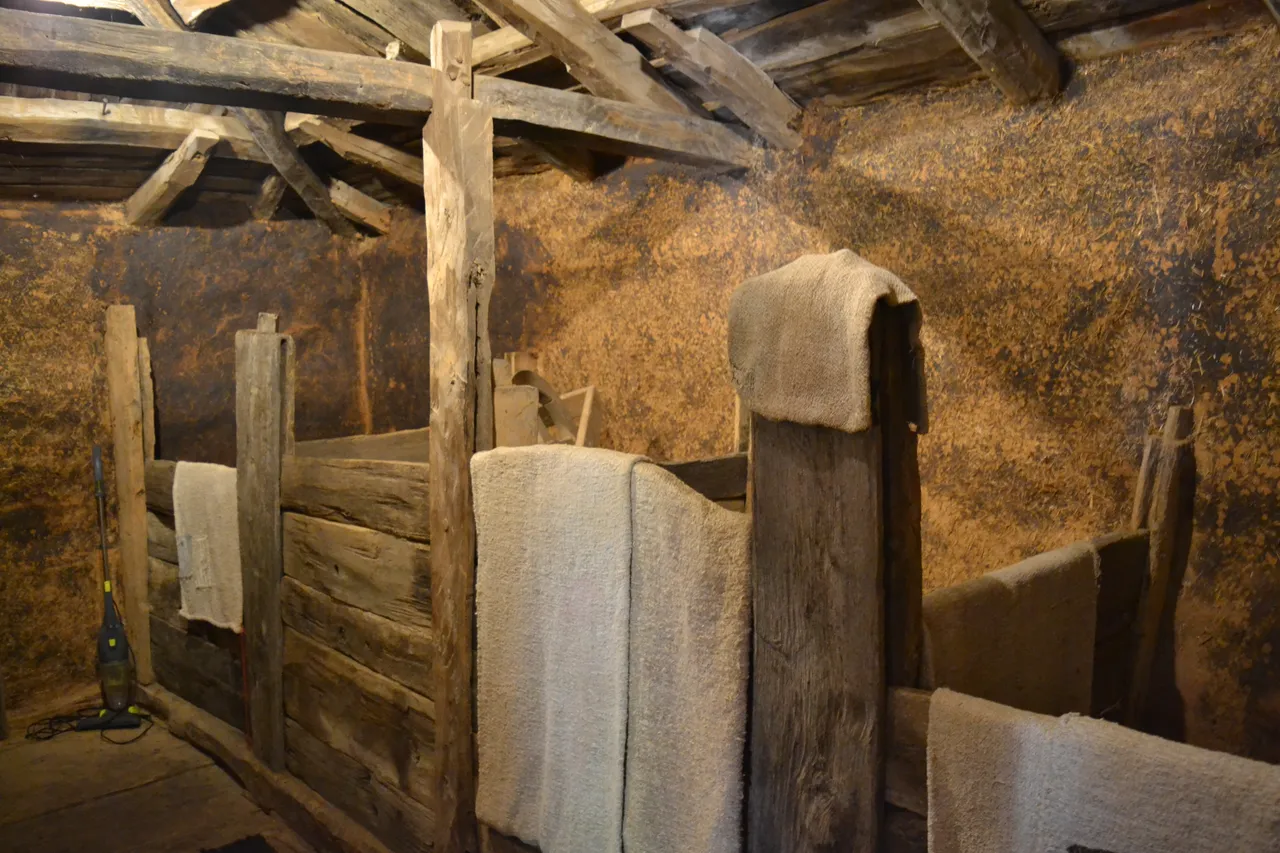
Here you will also see the only indoor hanging toilet. Nowhere else in Bulgaria was it used. It was a luxury for its time.

Once somebody visits the village of Brashlyan, he is changing. The tranquility life here intoxicates its visitors.
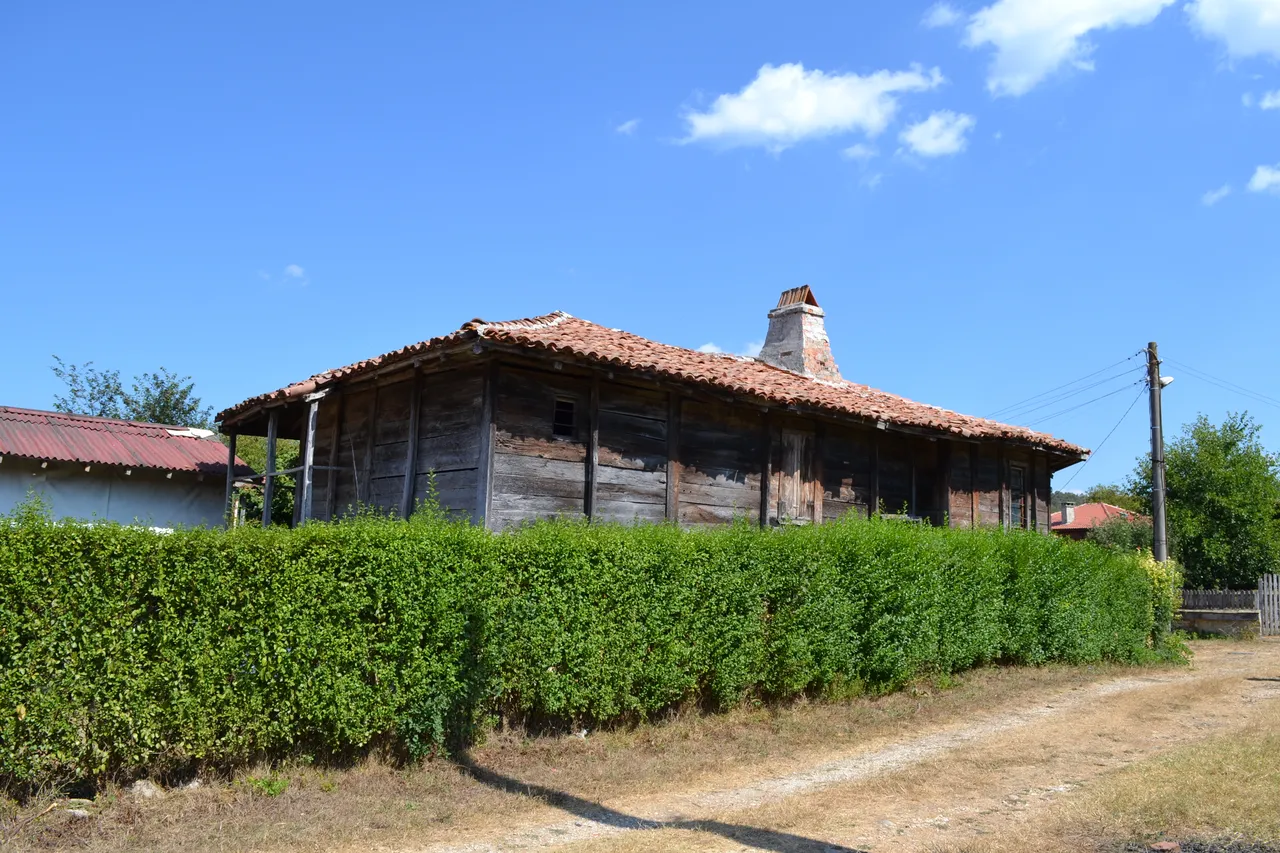
Definitely this village will leave you in deep thoughts, is what you see a dream or reality?
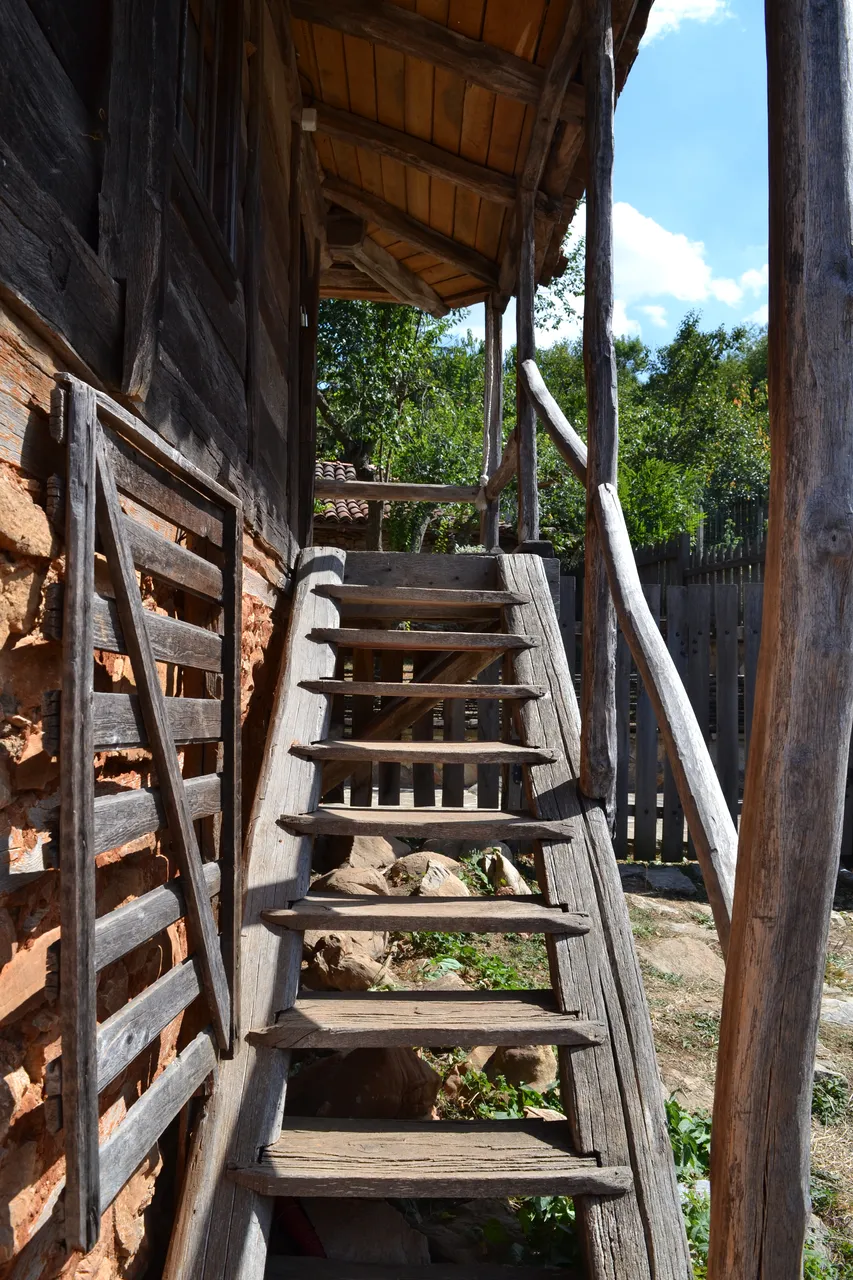
Hope you liked my post! I would like to hear down in the comments your opinion of this village and would you like to visit it someday? :)
